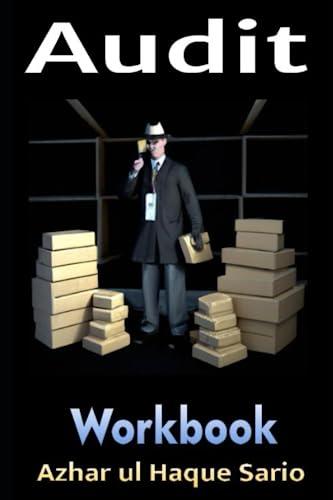show work and explaintion plz
1. The following table shows the aggregate demand-aggregate supply schedules for a hypothetical economy. Use the table to answer the following questions: a. Original connony (4 pss) i. Make a sketch of the econony depieted in the table above. ii. Identify the equilibrium price level and quantity of real domestic output on the graph. iii. Label the output demand curve as AD1 and the output supplied curve as SRAS. b. Suppose that Congress passes a spending bill to combat a recession so that the quantity of real domestic output demanded changed by $425 billion at each price level. ( 4pts ) i. Fill out the table below to reflect this change. Refer back to the first table as a starting point. You need to fill in both emntv columne ii. Add the new curve to your sketch from part a and label it. iii. What would be the new equilibrium price level and quantity of real domestic output? Identify these on the graph, too. c. Suppose the coonomy's potential GDP is 2100 . (5 ptc) i. Draw in the LRAS curve on the graph in part a. ii. How big is the output gap after the change in the real domestic output demanded occurs in part b? iii. And is the gap positive or negative? (meaniag is the gap a recessionary gap or an inflationary gap?) iv. Explain where unemployment is in part b. compared where unemployment was in part a. Also compare unemployment in part b. to full employment at potential GDP? v. Explain what has happened to the price level as the economy goes from the outcome in part a. to the outcome in part b. and conpare prices in part b. to prices at potential GDP. d. If there is no policy change and the cconomy is allowed to adjust on its own from the cquilibrium in part b, what is the correction that the market makes on its own from your equilibrium in part b and what is the eventual firal equilibrium price and quantity? You can estimate your outcome with your graph in par a (2ptx) c. Suppose policy makers don't want to wait until the murket adjusts on its own and they enact fiscal policy. What kind of fiseal policy can policymakers enact and what three forms could they choose to help solve this problem? (2pts) The following table shows the aggregale demand - aggregate stepply rehedules for a bypothctical economy. Use the table to answer the followieg cueftions: a. Original ecpeceny (4 prte) 5. Make a wetch of the etcontry depieted a the taMe stowi. itipent bit infichaney ippty 1. The following table shows the aggregate demand-aggregate supply schedules for a hypothetical economy. Use the table to answer the following questions: a. Original connony (4 pss) i. Make a sketch of the econony depieted in the table above. ii. Identify the equilibrium price level and quantity of real domestic output on the graph. iii. Label the output demand curve as AD1 and the output supplied curve as SRAS. b. Suppose that Congress passes a spending bill to combat a recession so that the quantity of real domestic output demanded changed by $425 billion at each price level. ( 4pts ) i. Fill out the table below to reflect this change. Refer back to the first table as a starting point. You need to fill in both emntv columne ii. Add the new curve to your sketch from part a and label it. iii. What would be the new equilibrium price level and quantity of real domestic output? Identify these on the graph, too. c. Suppose the coonomy's potential GDP is 2100 . (5 ptc) i. Draw in the LRAS curve on the graph in part a. ii. How big is the output gap after the change in the real domestic output demanded occurs in part b? iii. And is the gap positive or negative? (meaniag is the gap a recessionary gap or an inflationary gap?) iv. Explain where unemployment is in part b. compared where unemployment was in part a. Also compare unemployment in part b. to full employment at potential GDP? v. Explain what has happened to the price level as the economy goes from the outcome in part a. to the outcome in part b. and conpare prices in part b. to prices at potential GDP. d. If there is no policy change and the cconomy is allowed to adjust on its own from the cquilibrium in part b, what is the correction that the market makes on its own from your equilibrium in part b and what is the eventual firal equilibrium price and quantity? You can estimate your outcome with your graph in par a (2ptx) c. Suppose policy makers don't want to wait until the murket adjusts on its own and they enact fiscal policy. What kind of fiseal policy can policymakers enact and what three forms could they choose to help solve this problem? (2pts) The following table shows the aggregale demand - aggregate stepply rehedules for a bypothctical economy. Use the table to answer the followieg cueftions: a. Original ecpeceny (4 prte) 5. Make a wetch of the etcontry depieted a the taMe stowi. itipent bit infichaney ippty












